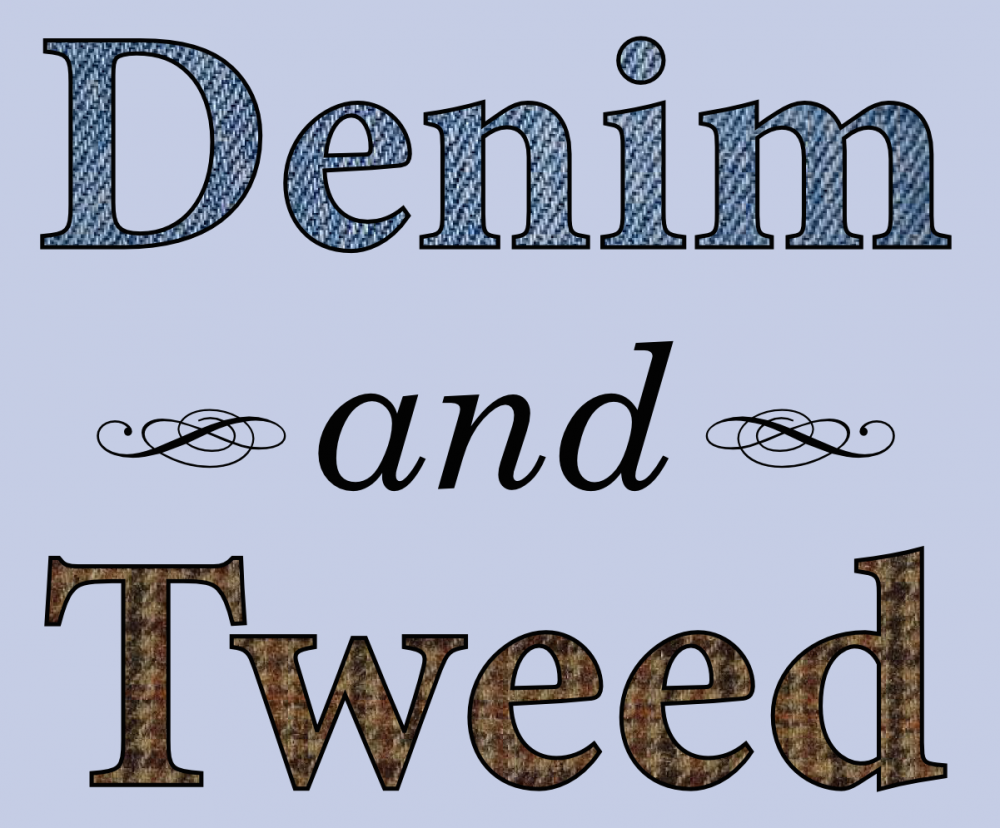 Good news, everyone! We might finally know what’s killing honeybees. Photo by Max xx.
Good news, everyone! We might finally know what’s killing honeybees. Photo by Max xx.- I’ll show you my effective population size if you show me yours. Have humans historically been polygamous? Population genetics tells all. (The Primate Diaries in Exile)
- Spider worm, spider worm/Does whatever a spider worm does. Biologists have engineered spider genes involved in silk production into silkworms, which will spin much more silk than spiders do. (Wired Science)
- Unintended consequences, anyone? Eradication of dingoes from parts of southern Australia turns out to have been bad for endangered prey species. (Laelaps; see also my discussion of dingoes and prey diversity)
- It was a fungus. With a virus. In the, um, conservatory. New analysis of proteins collected from bees in dying colonies points to the cause of recent honeybee declines. (NY Times; original article on PLoS ONE)
- There’s a horror movie here somewhere. Mosquitoes living in the London Underground may have evolved into a new species. (Thoughtomics)
- Another one for the list. Evolution Since Darwin, a history of 150 years of biology, looks like a good read. (Dechronization)
And this week, from BBC Earth, prairie dog communication. (Which has nothing whatsoever to do with the fact that this week’s mammalogy lab covered rodents.)






